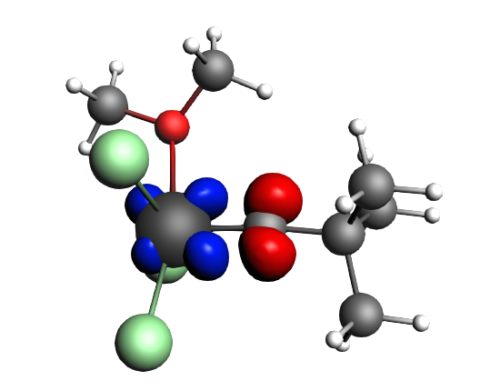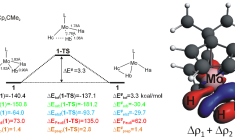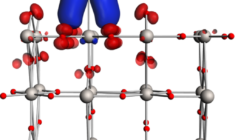ETS-NOCV: combined charge and bond energy analysis
ETS-NOCV is a powerful tool to quantitatively analyze chemical bonds, combining the extended transition state (ETS) method for energy decomposition analysis combined with the natural orbitals for chemical valence (NOCV) theory. It is also known as EDA-NOCV (Energy Decomposition Analysis).


